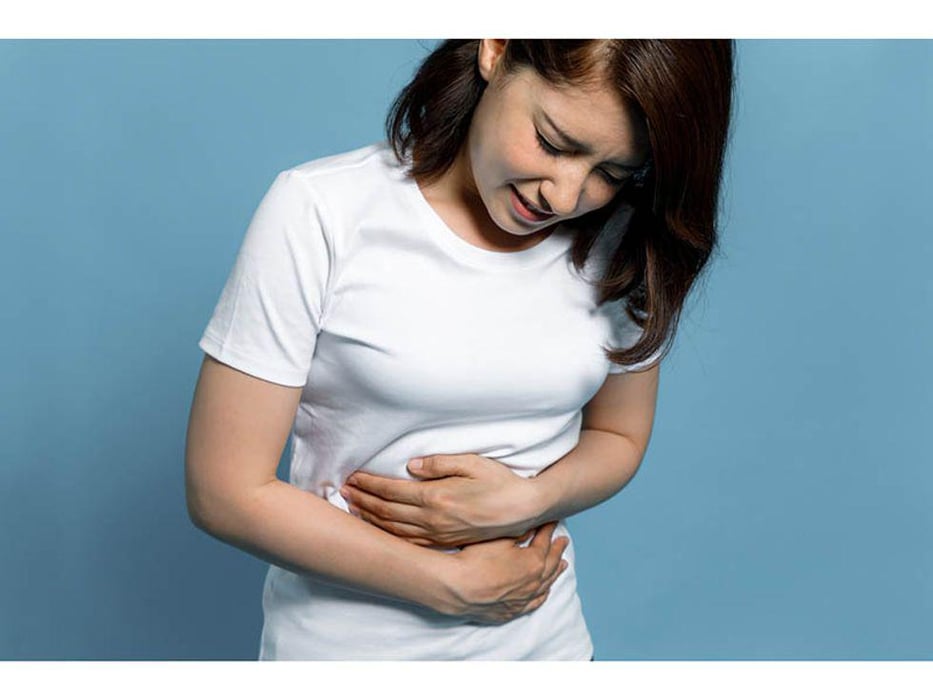Endometriosis: It’s Not Just Painful Periods

SUNDAY, March 20, 2022 (HealthDay News) -- Chronic pelvic pain -- typically during menstruation -- is the most common indication of endometriosis, an incurable inflammatory condition that can cause infertility, an expert says.
About 10% of women have the disorder in which tissue that normally lines the uterus grows outside of it and can spread to areas such as the fallopian tubes, ovaries and pelvis.
"The most common symptom of endometriosis is painful periods," said Dr. Kristin Riley, interim chief of the Division of Minimally Invasive Gynecologic Surgery at Penn State Health Milton S. Hershey Medical Center in Hershey, Pa.
"We're talking about the kind of pain that doesn't go away with a simple treatment, like over-the-counter medications," she said in a center news release. "Pain that keeps you from going to work or school or from participating in social activities."
Typically, the pain occurs before, during or just after periods. But Riley said some women may only have pain during ovulation or intercourse, while others experience pain only during bowel movements.
"Some people get painful flares and then get relief for a long period of time," Riley said.
It takes an average of seven to 10 years for a woman to get a confirmed diagnosis, mainly because there is no noninvasive test for endometriosis.
"We can try an MRI or ultrasound, but most of the time patients with endometriosis have normal pelvic imaging," Riley said. Research is underway to develop diagnostic blood tests, but for now, a definitive diagnosis can only come from laparoscopy. That's a minimally invasive surgery in which doctors use a long, skinny camera to examine the pelvis.
However, treatment can begin before doctors confirm the disease.
Among the treatments are anti-inflammatories; suppressing menstruation with a birth control or progesterone pill or intrauterine device; other hormonal treatments; nerve pain drugs or endometriosis-specific medications, and laparoscopic surgery to remove abnormal tissue.
Most patients Riley sees for endometriosis are in their 30s and 40s, but some are in their teens and their 50s.
"In most patients, the pain gets better after menopause, but a small percentage will continue to have pain," she said.
More information
The U.S. Office on Women's Health has more about endometriosis.
SOURCE: Penn State Health, news release, March 16, 2022
Related Posts
La soledad puede reducir la supervivencia tras un diagnóstico de cáncer, según un estudio
LUNES, 5 de junio de 2023 (HealthDay News) -- En Estados Unidos, hay una...
Algún día, las células madre podrían crear nuevo esmalte dental, o ’empastes vivos’
VIERNES, 18 de agosto de 2023 (HealthDay News) -- Algún día, quizá se reparen...
AHA News: The Challenges of Studying Marijuana’s Effects on the Heart and Brain
WEDNESDAY, April 20, 2022 (American Heart Association News) -- Over the past...
History of Hypothyroidism Linked to Increased Dementia Risk in ≥65s
WEDNESDAY, July 6, 2022 (HealthDay News) -- A history of hypothyroidism is...
